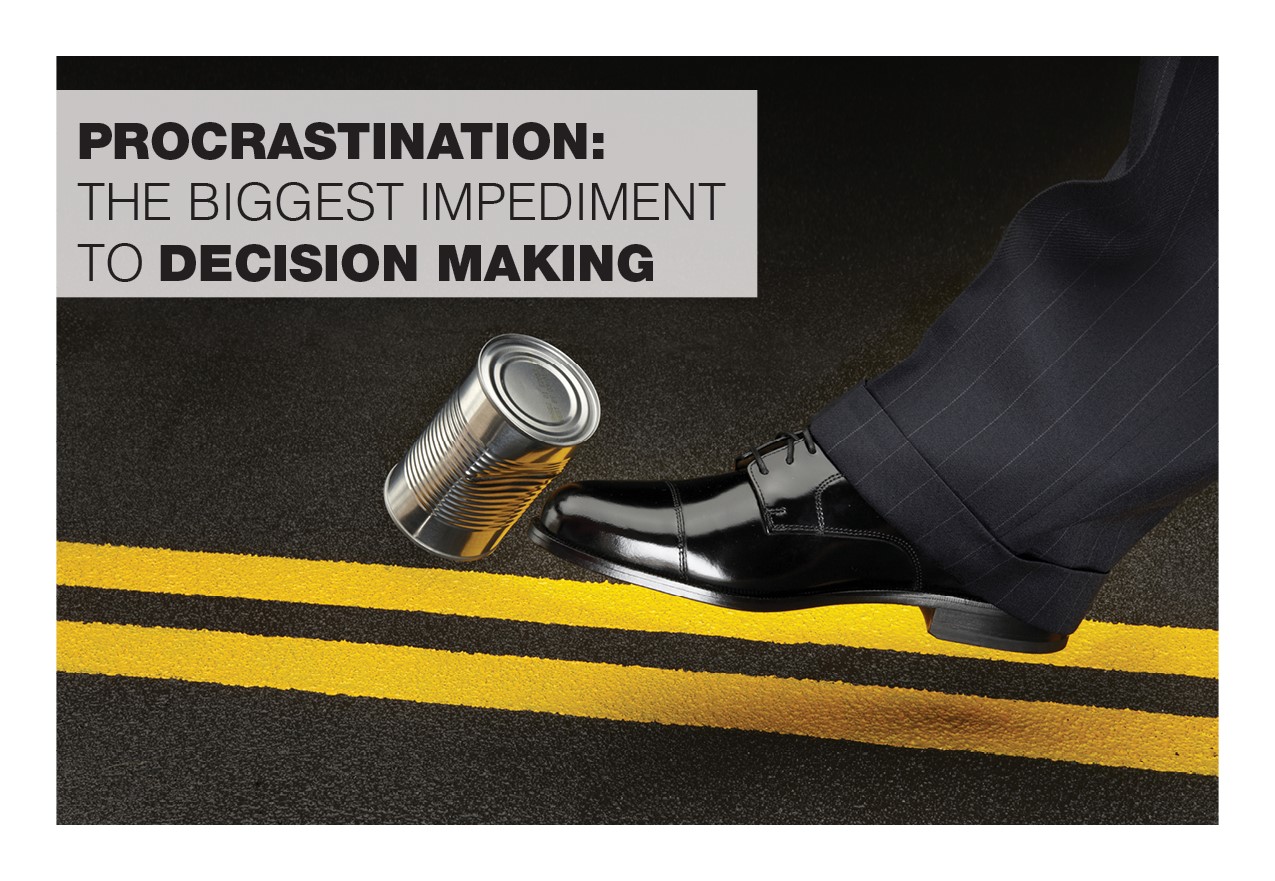In the world of high-net-worth individuals, it is common for issues to arise with advisors, family offices or portfolios, but in most cases, the family is reluctant to make any changes. You may pay a heavy price for putting off changing a professional advisor who does not listen to you, ignores your requests, or takes decisions outside of your comfort zone.
It has been my experience that people tend to procrastinate when facing difficult emotional decisions. As an example, you have known one of your professional advisors for more than a decade and have developed personal ties with them along the way, but now you feel that they are just coasting along, not adding much value to your portfolio, whilst receiving a reasonable fee which you no longer feel is justified. Although you know it is time to look for a replacement, you convince yourself that there’s no immediate rush or the fear the unknown, making it easier to put off taking action.
But procrastination is not the answer to life’s difficult challenges, and it may quickly become part of the problem. As an example, the wrong financial advisor may be costing you money day after day, whilst you continue to pay fees. So, in addition to tangible losses, you may be missing out on other opportunities that may improve your portfolio’s performance.
After all, a better advisor could potentially shake things up in a positive manner by protecting your principal, bringing new ideas, and adding a new point of view, all of which may result in you being able to convey more assets to the next generation.
There’s an old saying, “If it’s not broken, don’t fix it.” But the opposite is also true “If it’s broken, then fix it;” and sooner rather than later. People are often reluctant to make a change because they are not able to deliver bad news. This is where an outside professional can step in, assist in finding the solution, ensure a smooth transition and speed up the inevitable process whilst minimizing the emotional aspects.
In general, handling any type of transition involves three steps. First, you should meet with your current advisors, express your concerns, and call for corrective action. In many cases, an outsider can assist in facilitating the conversation, keep it focused on the facts and ensure that the messaging is understood. If the advisor responds in a positive manner, you have already benefited from confronting the problem, and can simply monitor their performance going forward.
But if the advisor responds in a negative manner, then it is time for the second step. Start looking for new advisors who can potentially replace your current ones and deliver the results you want. Find people who are worthy of your trust before informing the old advisor of your decision to part ways.
Then comes the third and final stage, “the transition”. Once you have identified a clear “winner,” ensure you negotiate an agreement where the expectations are clearly set, with measurable deliverables. You can then sign an agreement and start the transition process. Again, if you are uncomfortable with the emotional aspect or pressed for time, an outsourced advisor can manage this process on your behalf.
So, if you are unhappy with your current arrangements, it may be time to “rip off the band aid” and find a replacement. Remember that procrastination isn’t a solution. Instead, it is a decision you make by default, most likely with negative consequences, that could have a substantial impact either emotionally or financially.

Leave A Comment